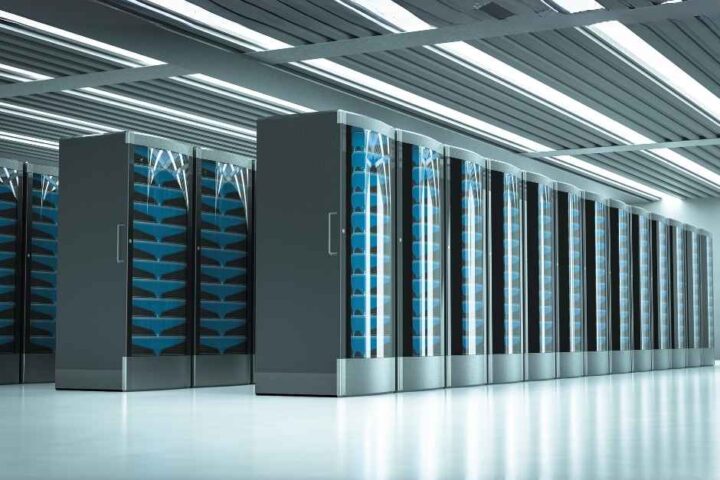In business, taking a prototype to production can be an exciting process. A successful launch gives the company potential to increase sales figures, expand its client base and improve its overall reputation. Procedures such as this are one of the most rewarding business areas and enable your workforce to take their hard work and ideas from paper to physicality. However, for businesses to ensure success for a new product, it’s essential that the prototype is subjected to testing and that sufficient funds are invested into this process to prepare the prototype for production and market entry.
Businesses may find that using an environmental test chamber is required; to carry out these relevant tests and validate product performance, as failure to carry out adequate checks may result in penalties further down the line. This piece discusses what an environmental testing chamber is, its uses, and how your business can use them to minimise risks of any issues or product recalls and ensure that a good quality prototype is produced.
What is an Environmental Test Chamber?
An environmental test chamber, also referred to as a climatic chamber, is a piece of equipment used by engineers and consultancies to artificially stimulate conditions that a potential product may be subjected to. Engineers can use a test chamber to carry out a variety of tests on behalf of businesses to ensure that their products can reliably function at different temperatures and simulate the effects of exposure to different environments, even at conditions not expected. Conditions that products may be tested against range from the following;
- Extreme temperatures and sudden changes between them.
- Sunlight exposure and any UV damage that may occur as a result.
- The effect of day-to-day weather conditions, such as rain, snow, etc.
- Vacuum
- Altitude and many other potential conditions.
What Kind of Tests Can Be Carried Out With One?
Engineers can use an environmental test chamber to carry out a variety of tests on behalf of businesses, so upcoming proposals can be subjected to trial before they head to product development. You can expect an engineer to be able to carry out the following tests with the assistance of a chamber;
- Temperature test.
- Humidity test.
- Accelerated ageing test.
- Agree test.
- Thermal shock test.
- Altitude test.
- Moisture test.
- And many more.
Environmental test chambers are available to purchase for businesses; however, they can be a costly investment depending on the size and temperature range your business requires. Along with a hefty price tag, these chambers also require scheduled, regular maintenance and calibrating to ensure everything is up to standard and within working order, which adds to their investment costs. Alternatively, you could consider using consultancies such as Ignys, who provide an environmental test chamber rental service on a per-day basis, browse their website for a list of their services and prices.
How Can My Business Make Use of an Environmental Test Chamber?
Your business can make use of an environmental test chamber in various ways. Not only can test chambers provide much-needed insight as to how a prototype is likely to perform before heading to production, but they can also test for any unexpected circumstances that product designers haven’t anticipated or made the relevant design plans for. Ultimately, highlighting which design aspects of a prototype could be improved and eliminating the change of any unexpected, potentially costly expenditures that could be made due to not fully validating a new product.
Businesses that utilise test chambers to obtain these tests results are more likely to produce good-quality, long-lasting products and have the best interests at heart for their customer base. Overall, boosting business professionalism, the rapport between consumers and manufacturers, and improving the company’s reputation.
Why Should Businesses Carry Out These Tests?
Enlisting in the usage of an environmental test chamber can be highly beneficial for businesses in the long run and shows that companies care about creating a long-lasting, efficient product and their consumers. So that companies can determine a new product’s resilience, businesses must carry out relevant tests so that the risks of failure or product recall are minimised. For instance, if a company is in the process of developing a product intended for outdoor usage, that business cannot then expect the product to prosper simply by hoping for success or relying on their customer base to trial it on their behalf.
Relevant testing through environmental test chambers needs to be carried out so that manufacturers are aware of potential post-production issues and can work on improving any issues highlighted before product launch. Failure to carry out these tests can be detrimental to a business’s reputation, as failing to test the quality of products can lead to disappointing clientele, which therefore leads to a decrease in sales and less financial gain for the business.









